#Guillermo Kuitca
Explore tagged Tumblr posts
Text

Guillermo Kuitca (Argentinian, b. 1961), Untitled, 1987. Oil on canvas, 116.8 x 91.8 cm
390 notes
·
View notes
Text
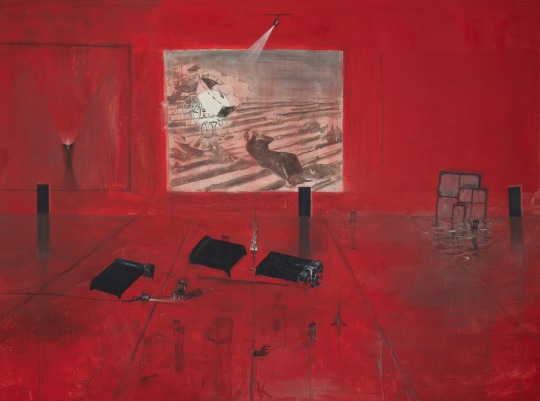
Guillermo Kuitca — The Sweet Sea (acrylic on canvas, 1989)
230 notes
·
View notes
Text

Guillermo Kuitca (Argentinian, 1961), Cuando muere un sueño corre mucha sangre [When a dream dies, a lot of blood flows], 1987. Acrylic on canvas, 130 x 180 cm.
59 notes
·
View notes
Text

Guillermo Kuitca Red Plan
Signed and dated 1990 (on the reverse). Acrylic on canvas. Executed in 1990.
#Guillermo Kuitca#Guillermo Kuitca Red Plan 1990#Argentine artist#painter#painting#acrylic on canvas#art#artist#art work#art world#art news#red
10 notes
·
View notes
Text

Nadie olvida nada
Guillermo Kuitca, 1982
5 notes
·
View notes
Photo

Check out Guillermo Kuitca, Untitled (2023), From Hauser
2 notes
·
View notes
Text
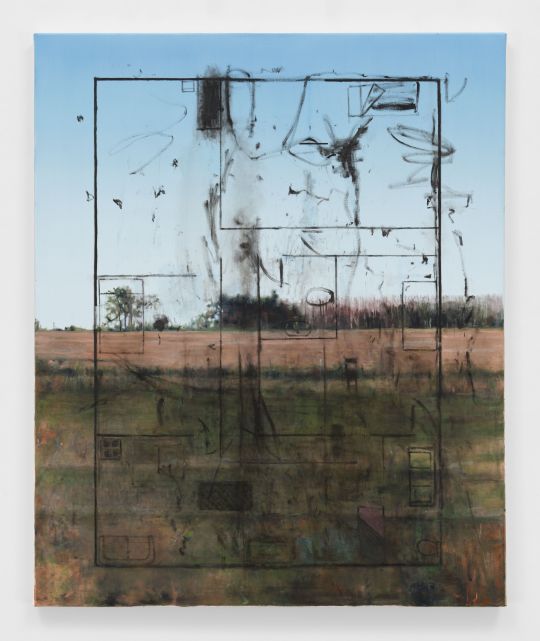
Guillermo Kuitca. Pintura Sin Muros (Painting Without Walls, 2023.
oil on canvas
3 notes
·
View notes
Photo

“Retablo" de Guillermo Kuitca (2016) à l'exposition “Célébration Picasso, la Collection Prend des Couleurs” en collaboration avec Paul Smith au Musée Picasso, juillet 2023.
3 notes
·
View notes
Text

Guillermo Kuitca (Argentinian, b. 1961), Untitled, 1987
2 notes
·
View notes
Text

Guillermo Kuitca (Argentinian, b. 1961), Untitled, 1987. Oil on canvas, 135.9 x 134 cm
63 notes
·
View notes
Text

Guillermo Kuitca, People on Fire, 1993, acrylic and graphite on canvas
#some art i saw with ratatouille#also insane that this was acrylic#idk why the photo is blurry tho#ratatouille took a picture of me in front of it with my face in one of the blank blurry areas :)#i like the red and pinks and how its like a connection map kind of thing#ncma
1 note
·
View note
Text

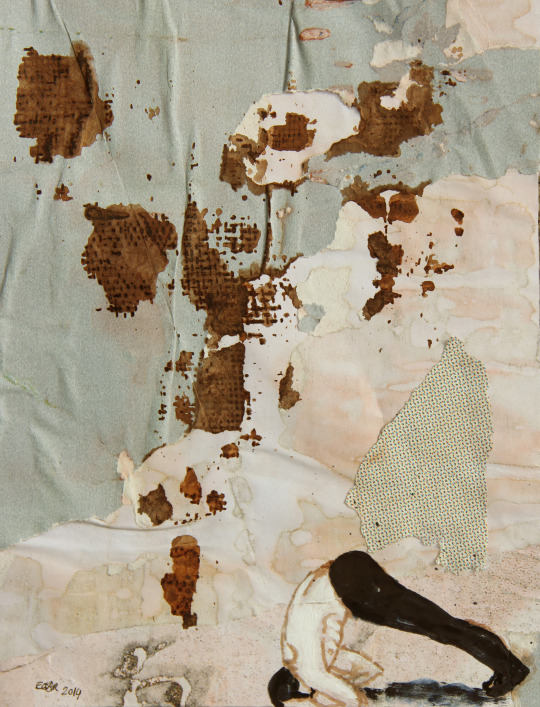




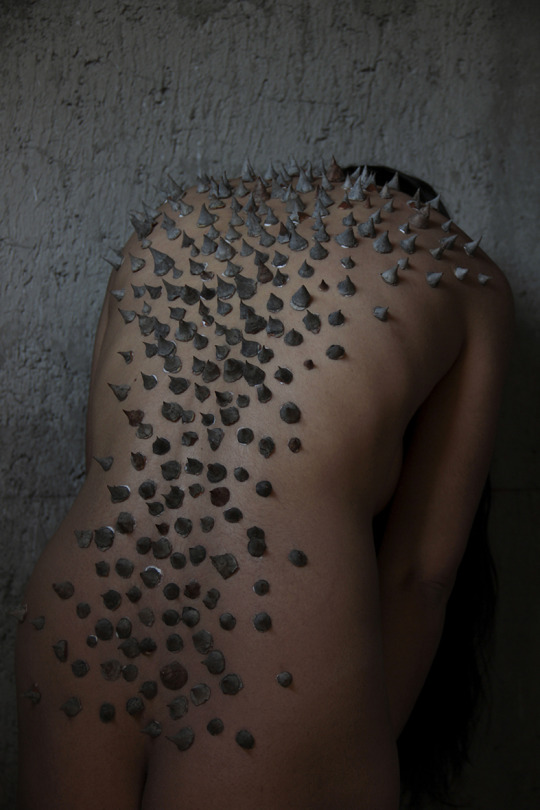
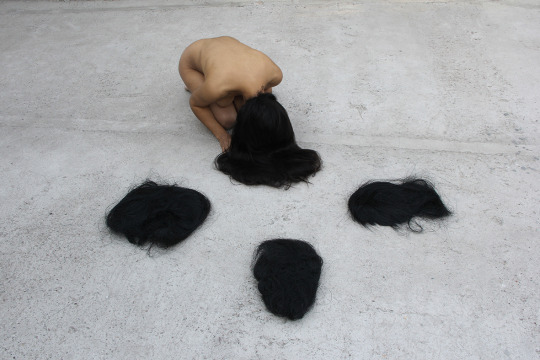
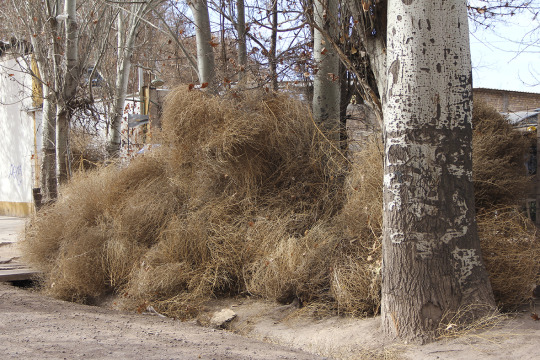
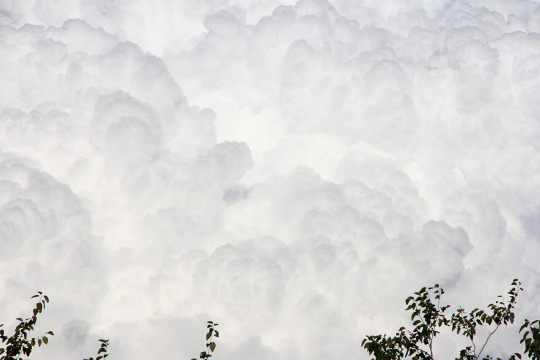
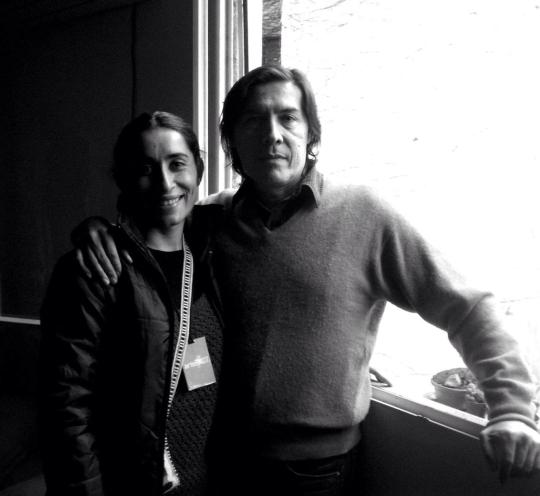
2020
OLA 4 / Plataforma Amiga presenta a
Sabrina Kadiajh
SABRINA KADIAJH
Fotógrafa y performer. 1974 La artista habita los dos lados de la cámara, poniendo su cuerpo a dialogar con exteriores locales, desolados, y también en interiores domésticos. En sus fotografías el cuerpo se vuelve objeto y pone en duda su humanidad. Sus series se caracterizan por ser introspectivas e íntimas, y accionan desde la emocionalidad. Cursó estudios en la Facultad de Arte en la Universidad Nacional de Cuyo. Recibió Beca de seguimiento y desarrollo de obra, Mendoza-San Juan. Fondo Nacional de las Artes. Dictado por Aldo Ternavasio y Roberto Echen. 2011. Beca Fundación Antorchas de seguimiento y desarrollo de obra. Dictado por los artistas plásticos Eduardo Medici, Tulio Sagastizabal y la crítica de arte Laura Batkis. 2001-2002. 1º Premio Región Cuyo. Premio a las Artes Visuales. Fundación Osde. 2005. Premio Intervenciones Urbanas. Performance-intervención “Ovillo”. Mendoza 2005. Salón Regional Vendimia. Fotografía, 2° premio, Museo Casa de Fader. Mendoza. 2004
EGAR MURILLO
Artista visual. 1957
Su trabajo se desarrolla entre las disciplinas de la pintura, grabado, dibujo, fotografía, objetos e instalaciones. Curso entre los años 1981-1986, estudios en la Facultad de Arte y Diseño de la UNCuyo, con especialización en pintura. Fue becario en el programa Estímulo a la Creación de la Fundación Antorchas 1993-1994 y Beca Fundación Proa de Formación y desarrollo dirigido por Guillermo Kuitca 1994-1995. Recibió 1° premio Premio Regional de Pintura del NOA, Santiago del Estero. 2016. 2º premio Salón Nacional de Pintura, Palais de Glace. Bs. As. 2011.1º premio Premio CFI, dibujo, Bs. As. 2007. 1º premio Premio Regional Vendimia, dibujo, Mendoza. 2000. 1º premio Premio Regional Vendimia, pintura, Mendoza.Sus obras forman parte de las colecciones: Museo Municipal de Arte Moderno de Mendoza, Museo Provincial de Bellas Artes Emiliano Guiñazú-Casa de Fader en Mendoza, Centro Cultural del Bicentenario-Museo Gómez Cornet en Santiago del Estero, Museo Urbano Poggi en Rafaela Santa Fe, MACRO (Museo de Arte Contemporáneo de Rosario) Santa Fe, CFI (Consejo Federal de Inversiones) Buenos Aires, FNA (Fondo Nacional de las Artes),entre otros. El artista nacido en San Salvador de Jujuy, reside y trabaja en la provincia de Mendoza a donde llegó con su familia de trabajadores golondrinas a la edad de un año de vida.
1 note
·
View note
Photo

GUILLERMO KUITCA / “UNTITLED” / 1992 [silkscreen ink and acrylic on canvas | 8′ 4 1/2″ x 6′ 1 1/4″]
#u#guillermo kuitca#abstract expressionism#abstract#gestural#color field painting#painting#monochrome#90s#contemporary art#argentine#art
113 notes
·
View notes
Photo

Guillermo Kuitca (Argentinian, 1961), Untitled, 1996. Oil and acrylic on canvas, 194 x 234.4 cm. Fondation. Cartier, Paris
155 notes
·
View notes
Text

Guillermo Kuitca
Everything
2003
Mixed media on canvas,
in two parts
2 notes
·
View notes
